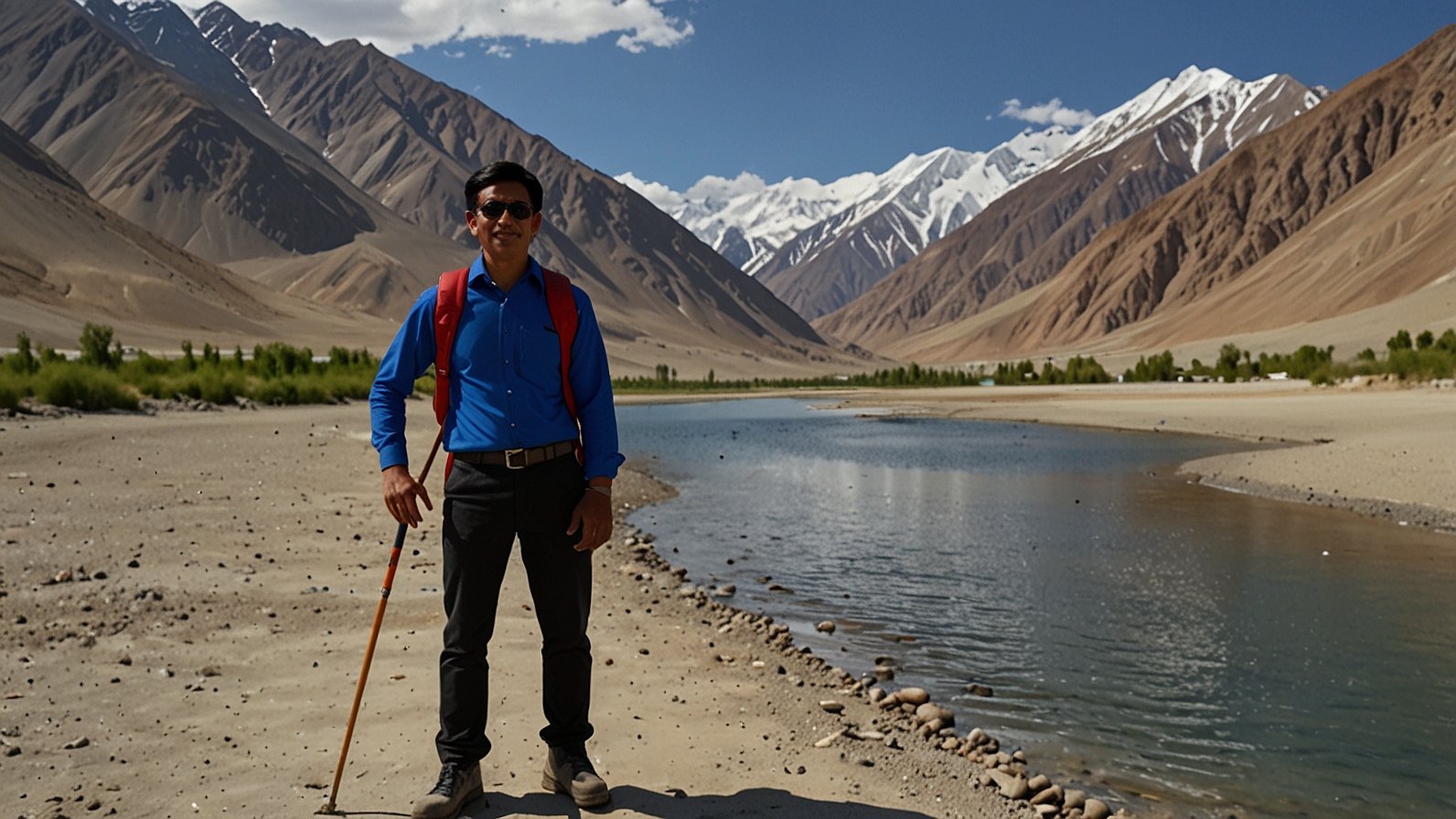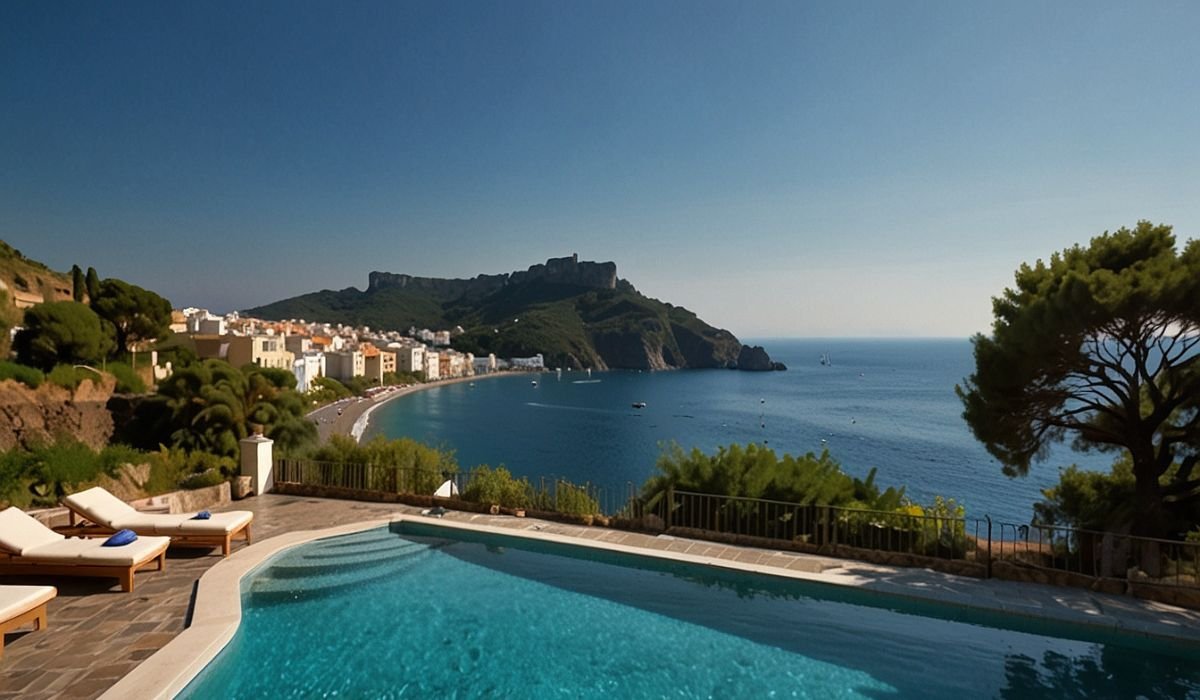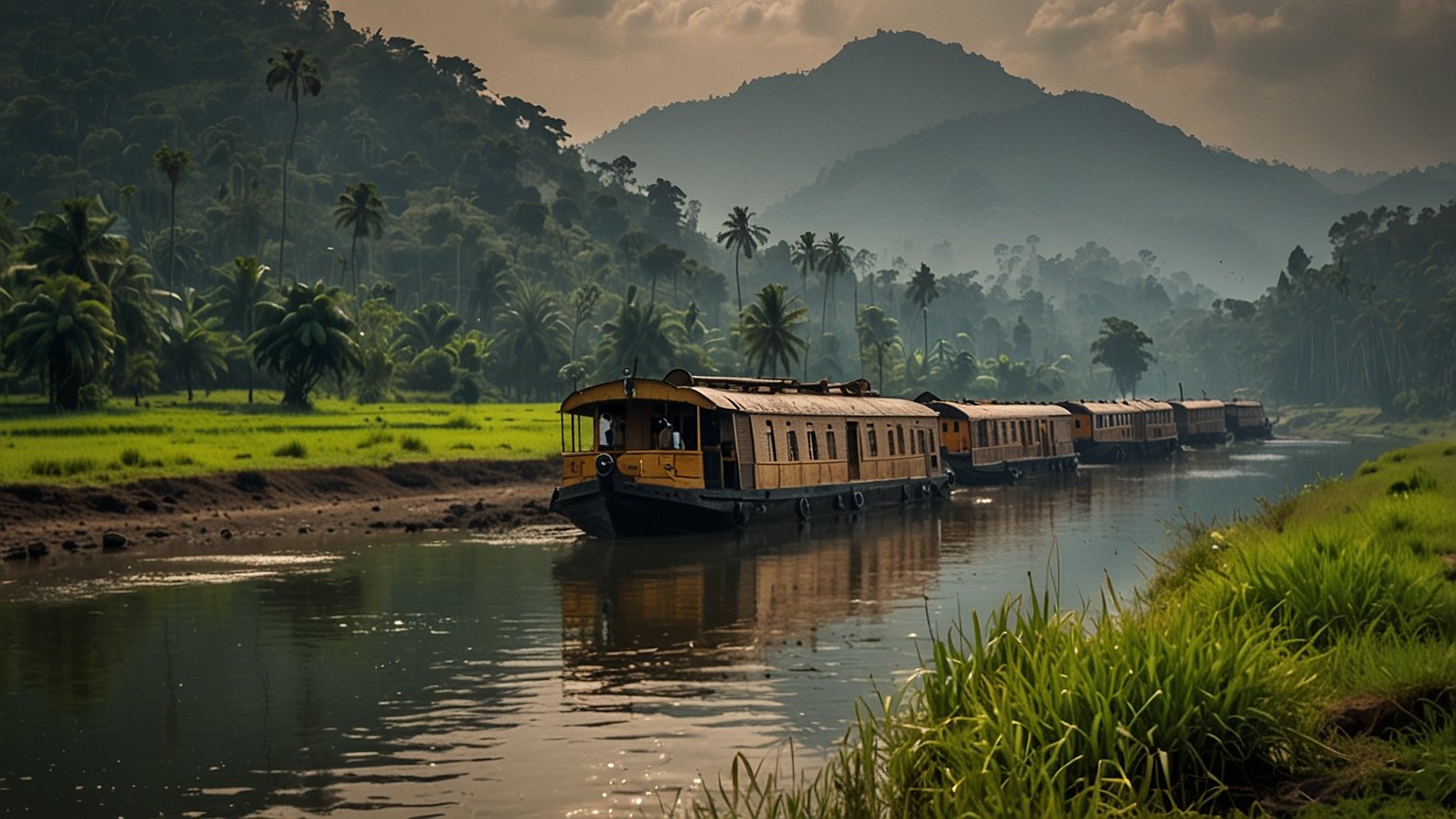Nestled in the northernmost region of India, Ladakh is a land of rugged beauty, stark landscapes, and vibrant culture. Among its many breathtaking destinations, the journey from Leh to Nubra Valley stands out as one of the most iconic and exhilarating experiences any traveler can undertake. This route offers not only spectacular mountain vistas but also an immersion into the unique culture and history of Ladakh.
For anyone interested in exploring the raw and pristine charm of the Himalayas, the road from Leh to Nubra Valley is a must on the itinerary—one of the crown jewels of Ladakh Tourism.
Setting Off from Leh: The Gateway to Ladakh
Leh, the capital town of Ladakh, sits at an altitude of around 3,500 meters and acts as the perfect base to acclimatize and prepare for the journey ahead. Known for its bustling market, ancient monasteries like Leh Palace and Shanti Stupa, and friendly locals, Leh offers a glimpse into Ladakhi culture blended with modern conveniences.
Once acclimatized, travelers set off on the road to Nubra Valley, approximately 150 kilometers north of Leh. The journey itself is an adventure, winding through some of the highest mountain passes in the world.
Crossing the Khardung La: The Highest Motorable Pass
One of the most thrilling parts of the trip is crossing the Khardung La Pass, often touted as one of the highest motorable roads in the world at an elevation of about 5,359 meters (17,582 feet). This mountain pass not only challenges the body due to the thin air but also mesmerizes with its panoramic views of snow-covered peaks and deep valleys.
The climb to Khardung La is filled with switchbacks, rocky terrain, and occasional patches of snow, making it a favorite for bikers and adventure enthusiasts. Standing at the summit, many travelers pause to take photos, breathe in the crisp mountain air, and appreciate the sheer scale of the Himalayan range.
Crossing Khardung La is not just a physical milestone but also a gateway to a dramatically different landscape—the wide and fertile Nubra Valley.
Entering Nubra Valley: A Lush Contrast
Nubra Valley, located in the northern part of Ladakh, is a high-altitude desert oasis formed by the confluence of the Shyok and Nubra rivers. Compared to the arid terrain around Leh, Nubra is surprisingly lush, dotted with green fields, orchards, and sand dunes. This striking contrast adds to the magic of the journey.
The valley is culturally rich and historically significant. It was once part of the ancient Silk Route, connecting Ladakh with Central Asia. This history is still evident in the unique blend of Tibetan and Central Asian influences in the valley’s culture, language, and architecture.
Discovering Diskit: The Heart of Nubra Valley
The first major stop in Nubra Valley is Diskit, the largest town and administrative center of the region. The town is famous for the Diskit Monastery, one of the oldest and most prominent Buddhist monasteries in Ladakh, established in the 14th century. Perched on a hilltop overlooking the valley, the monastery houses a giant statue of Maitreya Buddha (the future Buddha), which can be seen from miles around.
Visiting Diskit Monastery offers visitors a chance to witness Buddhist rituals, explore ancient murals, and soak in stunning views of the valley below. The surrounding villages of Diskit also provide a window into the traditional Ladakhi lifestyle, with charming mud-brick houses and terraced fields.
Exploring the Sand Dunes of Hunder
One of Nubra Valley’s most famous attractions is the Hunder Sand Dunes, a rare sight in the high Himalayas. These golden sand dunes spread across the valley create an almost desert-like environment, complete with the fascinating double-humped Bactrian camels—a legacy of the Silk Route caravans.
Riding a Bactrian camel through the dunes is a surreal experience and offers a unique perspective on the valley’s diverse ecosystem. The dunes themselves are spectacular at sunset, when the shifting light paints the sand in warm hues.
Beyond Hunder: Panamik and the Hot Springs
Travelers can continue their exploration by heading towards Panamik, a village known for its natural hot springs. These mineral-rich springs are believed to have therapeutic properties and offer a warm respite after days of trekking and sightseeing in the cold desert climate.
Panamik is also close to the border with China, adding an element of geopolitical significance to the visit. The village itself retains a traditional vibe, with local guesthouses and small markets providing a taste of everyday life in Nubra.
Adventure and Trekking Opportunities
Nubra Valley is not just about scenic beauty and culture—it’s also an adventurer’s playground. The region offers several trekking routes, ranging from easy walks to challenging high-altitude treks. Popular trails include the trek to the Sumur and Yarab Tso lakes, which are surrounded by snow-capped peaks and offer serene environments for reflection.
For bikers, the Leh to Nubra route is a bucket-list ride, often combined with trips to other iconic Ladakh destinations like Pangong Lake and Tso Moriri.
Ladakh Tourism and Responsible Travel
As Ladakh Tourism continues to grow in popularity, sustainable and responsible travel has become increasingly important. Nubra Valley’s fragile ecosystem and unique culture require travelers to be mindful of their impact.
Visitors are encouraged to respect local customs, minimize plastic use, and support community-run guesthouses and eco-friendly tours. Preserving the pristine beauty of Nubra Valley ensures that future generations can also enjoy this epic Himalayan journey.
Practical Tips for the Journey
- Acclimatization: Spend at least 2-3 days in Leh to acclimatize to the high altitude before heading to Nubra Valley.
- Best Time to Visit: The best time to travel from Leh to Nubra Valley is between May and September when the passes are open and the weather is favorable.
- Permits: Indian nationals require an Inner Line Permit to visit Nubra Valley, which can be obtained easily in Leh.
- Transportation: The journey can be undertaken by hired taxis, motorbikes, or guided tours. Road conditions vary, so hiring experienced drivers is advisable.
- Clothing: Layered clothing is essential due to the drastic temperature changes between day and night.
Conclusion: A Journey to Remember
Traveling from Leh to Nubra Valley is more than just a road trip—it’s an epic journey through some of the most spectacular mountain landscapes on Earth. From the adrenaline rush of crossing Khardung La to the peaceful charm of Diskit and the surreal beauty of Hunder’s sand dunes, every moment is filled with awe and discovery.
For those seeking adventure, culture, and natural beauty, this route represents the heart of Ladakh Tourism and a gateway to the mystical Himalayas. Whether you are a seasoned traveler or a first-time visitor, the Leh to Nubra journey promises memories that will last a lifetime.
You May Also Read: Cochin to Munnar to Alleppey: A Scenic Journey Through God’s Own Country










